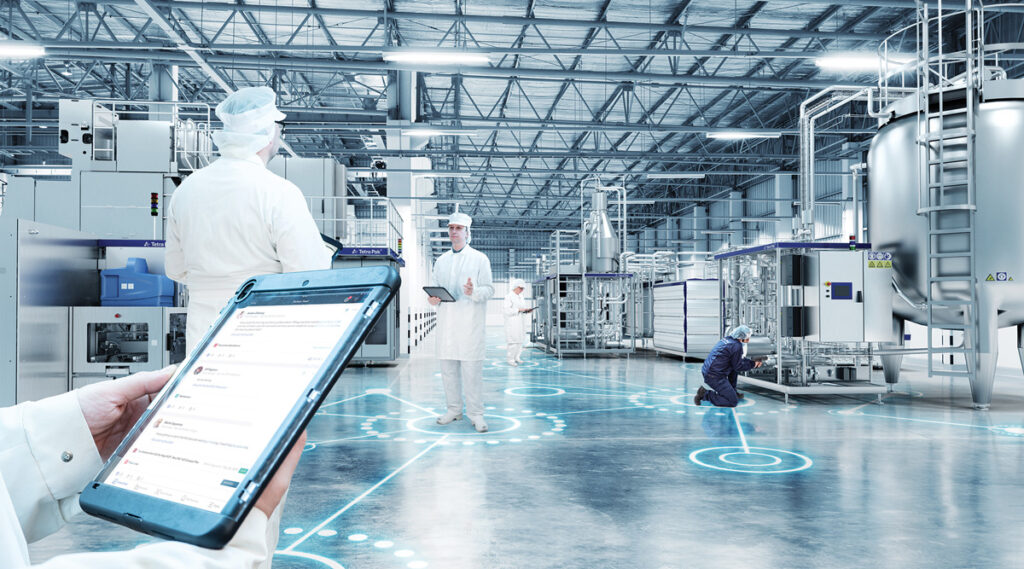
Role Of Tech Innovations In Elevating The Food Industry
Last updated on June 23rd, 2022 at 04:23 am
Technology is not necessarily the first thought that crosses your mind when talking about the food industry. However, with growing digital dynamics, the methods to produce, pack, and deliver food products are changing. The machinery, data, applications, and more are playing a crucial role in providing high-quality and healthy products from “farm to fork.”
According to recent reports, due to the involvement of tech innovations, it is possible to meet the growing consumer demand in a shorter time period. The global population is expected to touch the mark of 8 billion in 2023. It means that the demand for food is going to rise constantly. By using technology, manufacturers or producers can increase the shelf life and safety of the products. Here’s how the F&B industry is improving:
Robotics And Machinery
Manufacturers use machinery to meet the growing demand without compromising on product quality. It also ensures that the necessary ingredients are mixed in perfect proportions and match the industry standards. However, now businesses have also started using robots to assist manufacturing.
For instance, meat processing companies are using “robot butchers” to cut the most difficult sections of the meat. Not only does it help save time, but it also protects the “human butchers” from potentially dangerous or getting injured.
Labeling And Packaging
Customer preferences in the past few years have changed dramatically. Consumers focus on eating nutritious food and pay attention to sustainable packaging. That’s why foodservice providers use Software to help create nutrition fact labels to add to their products and marketing materials. Using such a tool or software will also ensure that you adhere to the new nutrition label format introduced by the government.
Eco-friendly packaging also helps reduce the waste in landfills. Some companies are also coming up with “edible packaging,” leading to zero waste. Others use micro packaging with nanoparticles that help keep the food fresh for longer and kill bacteria.
Drones
The agriculture industry is the backbone of the F&B industry. However, it is dependent on the weather conditions, soil quality, and crops; thus, causing numerous challenges for the food product manufacturers.
Luckily, technology is helping minimize the task of workers, especially related to patch testing. Some companies have also started using drones to keep an eye on the field. Infusing the GPS tracking systems and satellite imagery with the drones allows the workers to learn about the section that is damaged or requires attention. It helps in monitoring crop yield, weather patterns, and soil levels. As a result, the efficiency of the farm is increasing.
Smart Sensors
Smart sensors provide the managers insights by transforming the physical production process into digital information or data. Sensors allow the managers to count inventory and pay attention to the food ingredients; thus, improving their efficiency. Additionally, the devices also provide real-time data about productions. This way, it allows the companies to take timely measures.
The Bottom Line
The involvement of the aforementioned innovations in the F&B industry is surely helping the manufacturers to a great extent. Moreover, it also ensures that the consumers get healthy and nutritious food by promoting transparency in production and storage.
Read Dive is a leading technology blog focusing on different domains like Blockchain, AI, Chatbot, Fintech, Health Tech, Software Development and Testing. For guest blogging, please feel free to contact at readdive@gmail.com.
